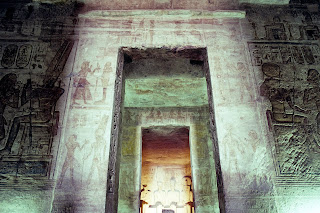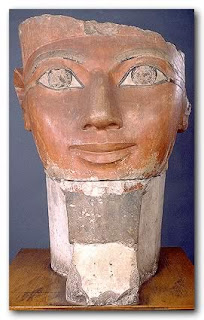Arthur Alexander [1940 - 1993]
Born on 10th May, 1940, in Florence, Alabama, Arthur Alexander Jnr was nicknamed "June" [for Junior]. As a child he was banned from playing with father's old guitar. "I never made a nickel from playing the blues and I don't want that life for you." Arthur Snr said.
Arthur Jnr spent his teen years singing R&B in church and with local groups, until late 1950's when he was invited into a studio located above the Drug store to record his first single, "Sally Sue Brown".
Three years later, in 1962, while working as bell-hop and selling bootleg liquor on the side, Arthur recorded "You Better Move On". The single started to climb local charts and he was invited onto Americas Bandstand TV Show to perform. The song then reached Number 24 on the U.S. charts. This lead to other appearances and the recording of "Anna, Go Tell Him" and "Everyday I Have To Cry Some".
Arthur Alexander was one of the most copied artists in history. "You Better Move On" was most famously covered by the Rolling Stones on their "December's Children" LP, then the Hollies and many others. "Anna" was covered by the Beatles and "Everyday I Have To Cry Some" was covered by Dusty Springfield, Ike and Tina Turner and Jerry Lee Lewis.
Arthur's voice was commanding, vulnerable and engaging with it's Southern twang, laconic delivery and tremulous waiver. Conveying the joy and pain in the search for love. He invented the swagger, the anguish and the sound of "teenage angst".
After listening to Arthur Alexander's delivery you will realise what an impact his voice had on the rock icons that followed him. The similarity to Mick Jagger is more than uncanny and verges into imitation or even plagiarism. Listen to the two versions of "You Better Move On".
The Original Rock & Roll Train-Wreck
As with many artists Arthur Alexander had the rug pulled out from underneath him by those people looking after his business interests. As he said in July '93 to Pulse magazine, "I had big records but I never got paid for them." And in an interview with Rolling Stone Magazine, "The publishing rights got away from me. I guess I spent too much time drink'n and carousing."
In fact Arthur Alexander spent the next 20 years drink'n and carousing. He was hospitalised several times in Alabama and Tennessee suffering from excessive drugs and the drink.
In 1990 he was inducted into the Alabama Hall of Fame and after hitting rock bottom, Arthur came to the crossroads in his life and found God. From then on he carried a bible with him wherever he went.
But it was too late. Reduced to driving a bus for the Cleveland local authorities and playing his old tapes at family barbecues, Arthur Alexander suffered a fatal heart attack in June 1993, aged 53 years old.
Biographer Richard Younger said, "Arthur's music resonated with honesty, emotion and originality, ensuring his legacy as one of the greatest."










































